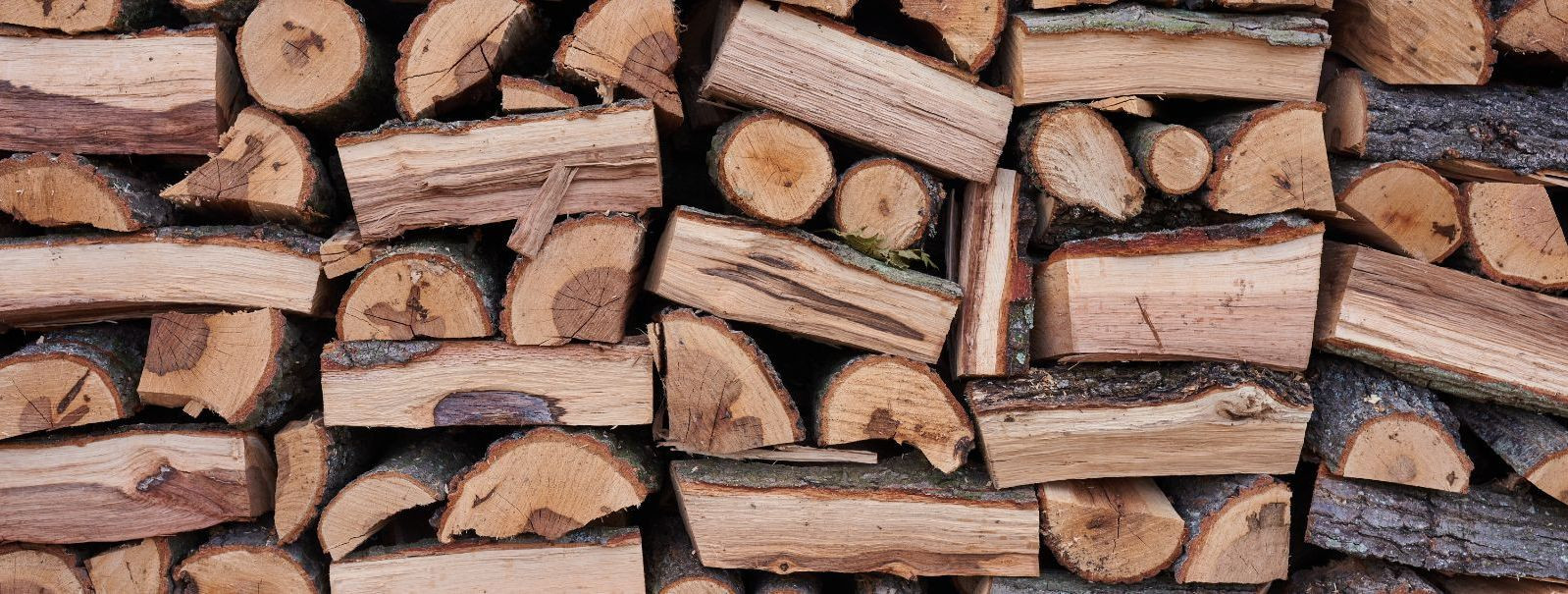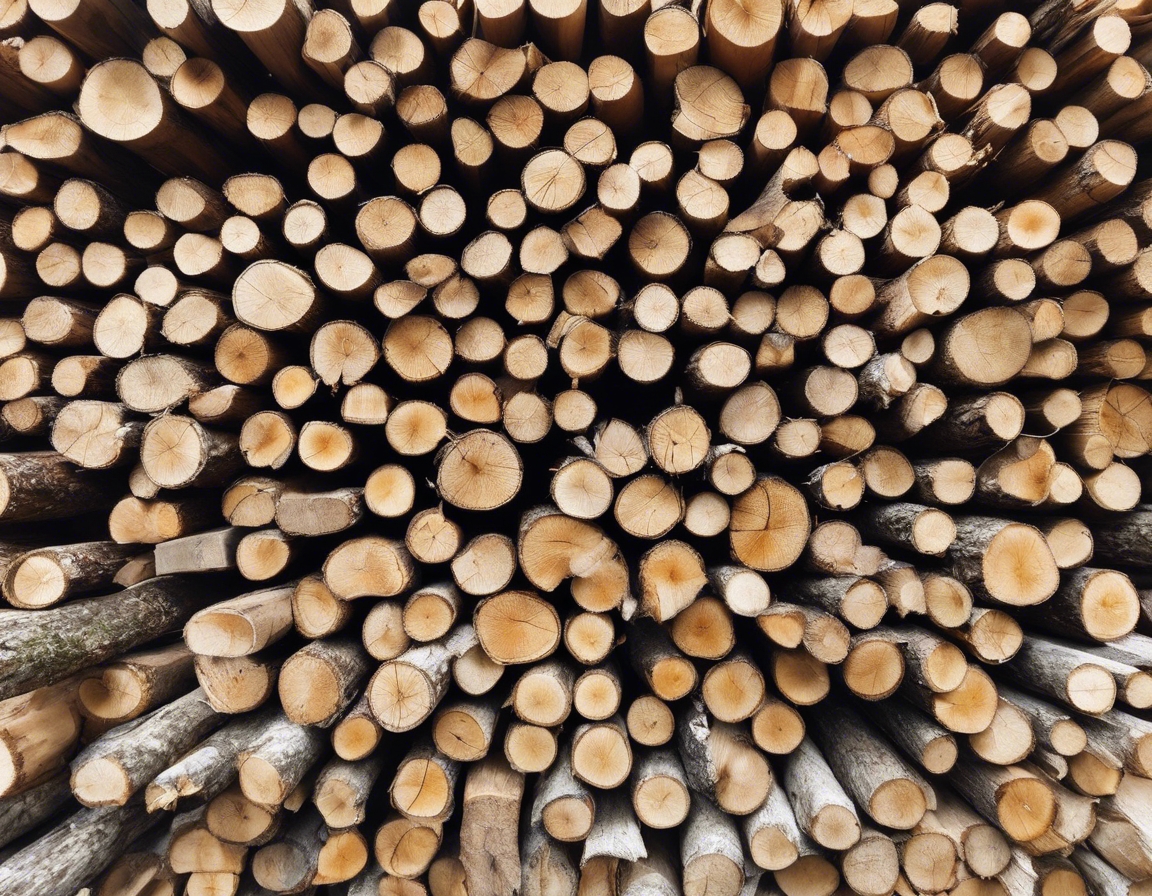The environmental impact of sustainable firewood
Sustainable firewood refers to wood harvested for fuel in a way that maintains the health and biodiversity of forests. It involves careful management of forest resources to ensure that the extraction of wood for fuel does not compromise the forest's long-term viability.
Sustainability in firewood production is crucial for mitigating the environmental impact associated with traditional logging practices. It ensures that the heating needs of communities are met without depleting resources or harming ecosystems.
The Environmental Benefits of Sustainable Firewood
When sourced and burned correctly, sustainable firewood can be a carbon-neutral energy source. Trees absorb carbon dioxide as they grow, which is then released when the wood is burned. Sustainable practices ensure that new trees are planted to absorb the equivalent amount of CO2, maintaining a balanced carbon cycle.
Sustainable firewood production promotes the growth of healthy forests by allowing for selective cutting, which encourages a mix of tree species and ages. This diversity is essential for a resilient forest ecosystem.
By avoiding clear-cutting, sustainable firewood practices help to preserve wildlife habitats, maintaining biodiversity and supporting the natural food chain.
Responsible harvesting methods protect soil structure and water resources, preventing erosion and water pollution, which are common issues in conventional logging.
Sustainable Firewood Practices
Responsible sourcing involves obtaining firewood from forests that are managed sustainably. This includes following guidelines that ensure the long-term health of the forest, such as selective cutting and maintaining a balance of tree species.
Proper seasoning of firewood is essential for efficient burning. Well-seasoned wood has a lower moisture content, which results in higher heat output and less smoke. Sustainable processing methods also aim to minimize waste during the cutting and splitting of logs.
Using advanced combustion technologies, such as modern wood stoves and boilers, can significantly increase the efficiency of firewood as a heating source, reducing the amount of wood needed and minimizing emissions.
Challenges in Sustainable Firewood Production
One of the main challenges in sustainable firewood production is preventing overharvesting and deforestation. It requires strict adherence to sustainable harvesting practices and effective enforcement of regulations.
Traceability and certification, such as the Forest Stewardship Council (FSC) certification, are important for verifying that firewood comes from sustainably managed forests. However, implementing these systems can be complex and costly.
Many consumers are not fully aware of the environmental impact of their firewood choices. Education and awareness campaigns are essential to inform consumers about the benefits of sustainable firewood and how to identify it.
The Role of Consumers in Promoting Sustainable Firewood
Consumers have a significant role in driving demand for sustainable firewood. By choosing certified and locally sourced wood, they can encourage more sustainable practices in the industry.
Supporting local and certified suppliers not only helps to reduce the carbon footprint associated with transportation but also promotes the local economy and ensures adherence to sustainable practices.
Consumers can also contribute by using firewood efficiently, such as by investing in modern, efficient wood-burning stoves and using wood only when necessary, to maximize the environmental benefits of sustainable firewood.





Kommentaarid (0)